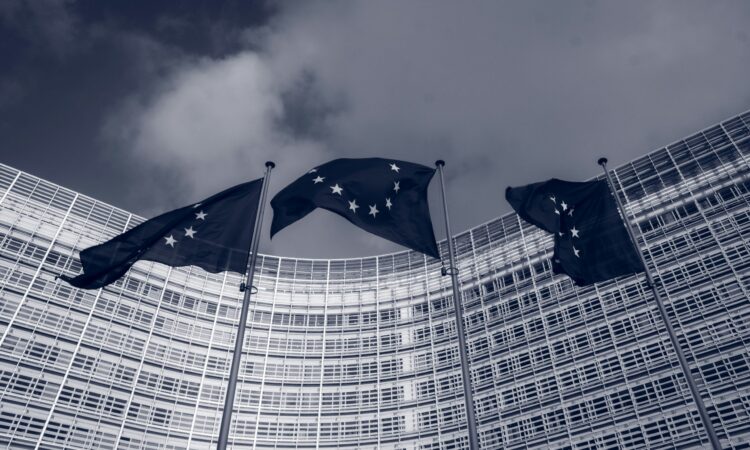
The EU has been urged to take the lead in finding harmony between blockchain and AI.
This advice was given to national regulators by the European Blockchain Observatory and Forum (EUBOF), an EU-commissioned body that monitors and examines blockchain developments across Europe. In its final report published on May 24, the EUBOF team highlighted the potential for blockchain to integrate with other technologies to drive innovation.
The report’s release follows the EU’s passage of the Markets in Crypto-Assets (MiCA) regulations, which aim to regulate the turbulent crypto space. EUBOF has recommended that policymakers begin exploring use cases for blockchain in various sectors, as the MiCA regulations have established harmonised standards for crypto-assets, service providers, and issuers, thereby prioritising consumer protection, transparency, and market integrity.
Thanks to these technologies, which reduce costs, organisations in every industry can now deploy secure, energy-efficient solutions using blockchain networks. Artificial intelligence, even without blockchain, can enforce smart contracts, which share inherent similarities with blockchain technology. Therefore, their convergence can only enrich and extend decentralised ecosystems.
The report also asserts that traditional money will soon be complemented by various forms of Central Bank Digital Currencies (CBDCs), which will be implemented using blockchain technology. Central banks issue CBDCs that provide faster transaction speeds, transparency in transaction histories, and improved cross-border fund transfer capabilities.
The EUBOF identified a strong trend related to the ongoing convergence between blockchain and AI. Sensitive AI data sets can be securely stored on the blockchain, which can be useful in healthcare and finance sectors where data security is paramount. The union of these technologies can also pave the way for decentralised AI networks, which can reduce potential data monopolies and foster an environment that enables collaborative AI development. Furthermore, AI can enhance the functionality of smart contracts, which are applicable across various industries.
In addition, the report highlighted the continued development of the decentralised finance (DeFi) ecosystem and anticipated further deployment of new protocols and use cases. Finally, EUBOF expects that the essential features of blockchain technology—interoperability, sustainability, and transaction scalability—will be the main reasons for its continued adoption.
Concurrently, on May 24, the EU announced plans to amend regulations governing the European High Performance Computing Joint Undertaking (EuroHPC), which oversees the use of supercomputers for AI development. The new AI factories proposed by the amendment will further this mission, with hosting entities eligible to receive up to 50% of the acquisition and operational costs of AI supercomputers from the EU. Ownership of these machines can be transferred to the hosting entities five years post-acceptance testing.
Perhaps what makes this development more noteworthy is that, by any measure, it represents a subtle but significant evolution in the regulatory environments and ecosystems surrounding blockchain, often overlooked by mainstream headlines. Thanks largely to these developments, positive externalities, and the nimble regulatory climates of more agile countries, blockchain innovation continues to drive advances at the frontier. This is evident in larger jurisdictions, which are incorporating blockchain frameworks within their existing regulatory environments.
See also: EU launches office to implement AI Act and foster innovation


Want to learn more about blockchain from industry leaders? Check out Blockchain Expo taking place in Amsterdam, California and London.
Explore other upcoming enterprise technology events and webinars powered by TechForge here.






